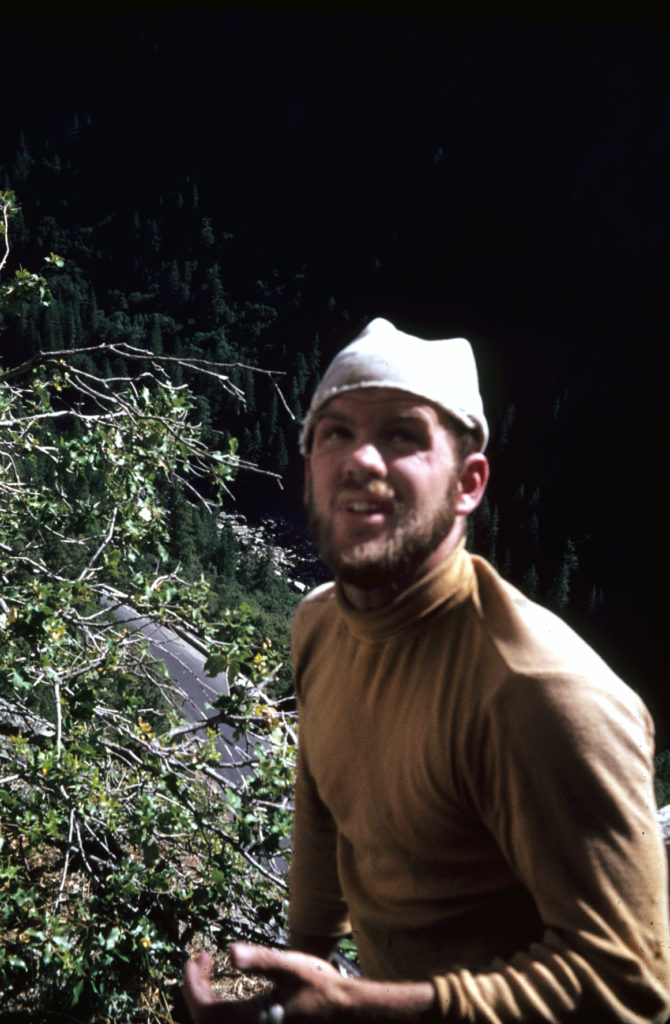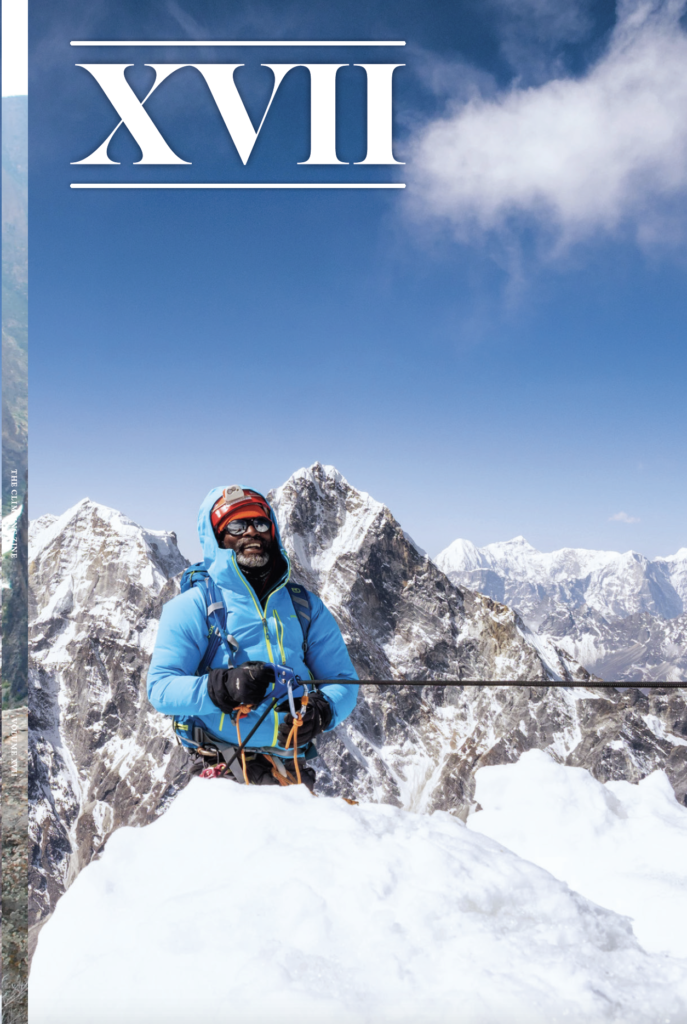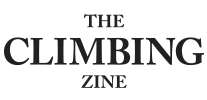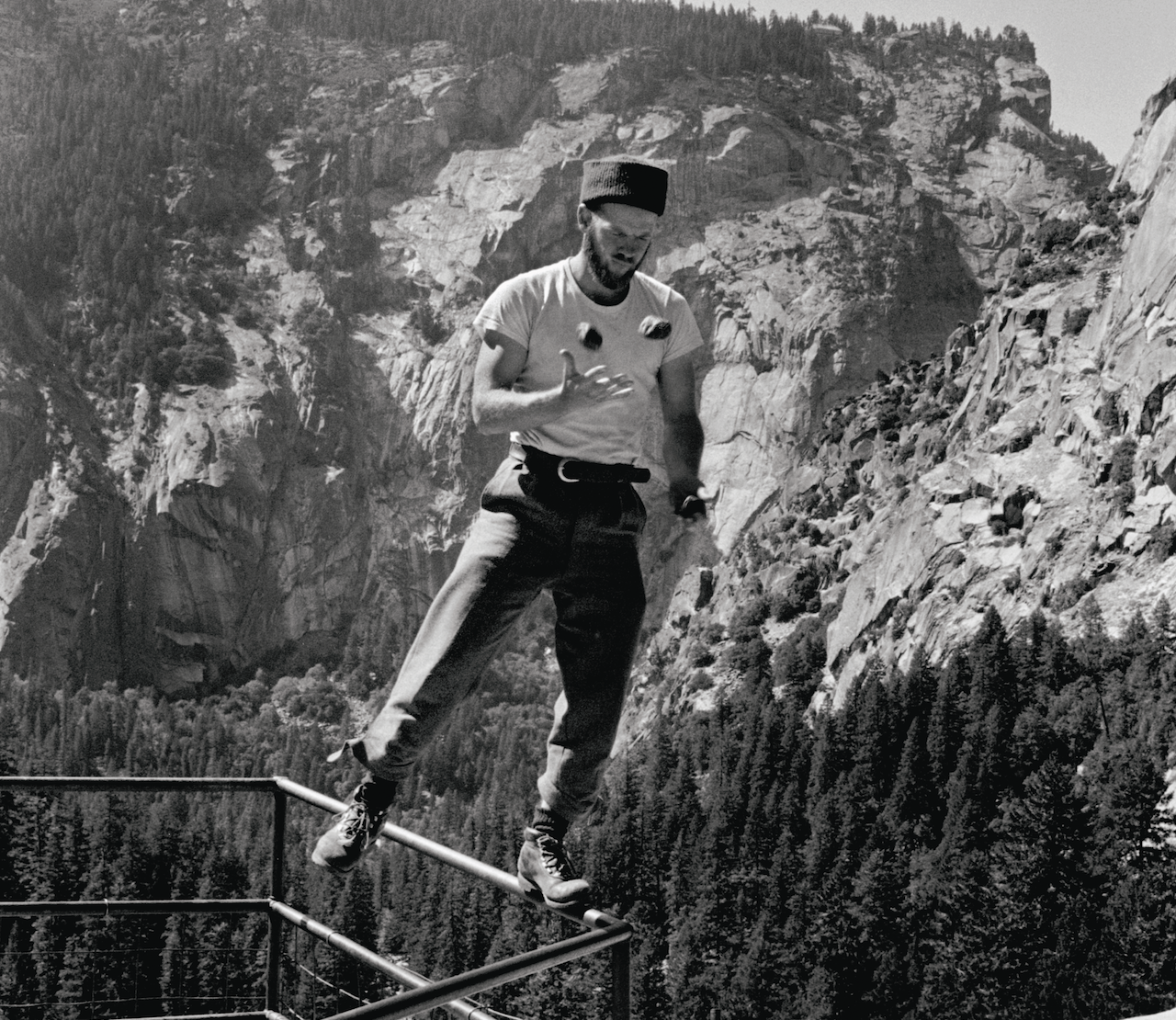This is part 2 of Pat Ament’s essay, published in Volume 17. If you missed part 1, you can read it here.
If you enjoyed this story please subscribe, it’s what keeps the zine dream alive!
Banner photo of Pratt by Glen Denny.
The psychic storm of the 1960s included the beautiful revelations and also horrors of LSD. A year earlier, a terrible experience—when a young friend suffered an extreme freak-out—had torn a deep wound in my soul, damaged my confidence, and given me ferocious nightmares. In retrospect, I am certain I had a form of PTSD, which at times hit me with powerful, unpredictable terror. When one of these “attacks” came, it drained me of will and strength, as I struggled at the edge of panic and what seemed possible madness. During the darkest of such days, I believed I would never do another wall. Here, all of a sudden, Chuck Pratt had invited me to do just that—a Yosemite wall.
For the last year, I had bouldered hard, made progress at my personal struggles, and was doing better than I had in a while. My love for Pratt was mighty, and to climb with him was more compelling than what still lurked in my tortured soul. He brought me back to the person I was before the mid to late 1960s wrecked me, as they did many of us. If the gods were part of the healing process, they could not have provided a more inspiring climb or ennobling partner. Sentinel was the quintessential ascent and Pratt the best of people. He was a person who elevated climbing and could raise a partner’s spirits, as was Sentinel a climb that seemed to make one become the measure of it.
The evening before Sentinel, Chuck said, “Get some sleep. I’ll wake you in the morning.” I crawled into my sleeping bag on the ground near the edge of his camp. While Camp 4 was under construction by the Park Service, all the climbers had shifted to a campground near Glacier Point Apron. As I lay half in my bag, out in the open, trees rose into the sky. Beyond their breeze-blown tops, stars spread out forever. These stars belonged to Yosemite, though they were stars that came also to light in my own faraway Eldorado Canyon, the Black Canyon, or Longs Peak. I knew these stars and had seen them also above lonesome freight-train yards and the Southwest desert.
The sun would be up soon, this early morning at the start of May 1968, in Yosemite. The trees of the camp were still dark when Pratt touched my arm to awaken me. As he walked away, back to his picnic table, I listened to his shoes crunch the pine needles. His camp stove sputtered. I smelled tea he had begun to brew. I had slept in my clothes and crawled from my bag. I walked to the table where everything was organized, a lantern, cans that might be tea or coffee or sugar, a bottle of Worcestershire sauce. Pratt had a quirky little habit where he would down a capful of Worcestershire sauce. It was full of good things, he told me. I later would adopt this same habit, half to help me remember Pratt.
No one assumed himself into Pratt’s company. You knew if he wanted you there. We stood among pines at the first hint of light. The sun, to the east, was not yet up, yet its faint first light eased through thick forest. I thought of how it must have been when Chuck, Royal, Tom Frost, and other mates began their climbs a few years earlier. How fast those times moved into the past, and how fast our time would do the same.
Chuck and I had no desire to bring a pack or extra rope. We would not haul a bag. He selected a small number of pitons and a handful of carabiners. He was not converted yet to nuts. We entered the silent forest far below Sentinel.
Loose talus boulders and scree took us to the start of Tree Ledge, and we made the exposed, gravely steps up the long, angling Tree Ledge, that dangerous vestige of a trail. We stepped carefully up this vague indication of footsteps, under the wall, which rose far into the sky above, and we arrived at the start of the route. During a dry spring, Sentinel Falls, around the corner to our right, was light and slender. The gray-blue rock was not the usual smooth, perfect bright-white granite of Yosemite but dark, somber, and granular. The wall had a gloom to it on the brightest of days. We uncoiled the rope, and Chuck handed me an end. Neither of us cared who took what lead. I tied the rope to my swami belt. He said in his soft voice, “You’re on belay.” I climbed quickly and moved into a steep layback on a flake. I felt no need for protection and soon was at the belay. “Good job,” Chuck said.
He followed and then stemmed his way above me quietly, his legs spread wide in the backward-leaning dihedral known as the Wilson Overhang—named after Bob Kamps’s mentor and a friend of Royal’s, Don Wilson. I heard my companion mumble to himself, “Grown men.” He shimmied up the ill-famed, loose log that hung in the crack-chimney system. This tall, dead, unstable tree was half in the crack, held there by a few limbs and splinters, half unattached. That it had not fallen off under the weight of a climber was a miracle. We had to embrace the smooth, rotten white-gray log. Whatever gravity kept it vertical and in place defied physics. Hollow and scary, it vibrated. If Chuck used the log, I would do my koala hug up it. Four years ago, Chris Fredericks and I had clung to the log. As with many features of Yosemite, the log would fall off later, disappear—we could hope not when a climber was shimmying up it.
I remembered Fredericks, who Steve Roper or Eric Beck nicknamed “Christ,” and how he whimpered—no matter how difficult or easy a pitch was. Fredericks was deliberate and contemplative and glanced skyward—as though to beg the cup be removed from him. I remembered those noises Fredericks made and how I thought he was about to fall off. He never was. By comparison, Chuck was at home, quiet except for an occasional wry comment. He reached a belay stance in the crack above, and soon we were together. According to a few climbers, the single most difficult pitch of the route was now above us—where the crack system becomes a tight slot. If your chest is thick, you cannot squeeze inside and must fight upward along the outer edges of the crack. This was how I led the crack, as an off-width with my left side in. If you are thin in the chest, as was Pratt, you can fit inside the crack and eel up through a tunnel interior.

Whereas frequently I brought a camera when I climbed, I did not today—out of respect for Chuck. When it came to cameras, he was shy. This aversion was ironic, since later in life he would take up photography, his final passion, and find endless pleasure in it. Now, in 1968, he was glad I left my camera at camp.
Halfway up Sentinel, the headwall pitch was where climbers used a small measure of aid. Chuck carefully set a small sling around a tiny, fragile horn of rock. The horn moved slightly under his weight. He placed another sling on a second small, loose horn. I appreciated the creative ways he avoided piton placements. At the top of the headwall, he hammered a piton in and brought me up. Years earlier, when Bob Kamps and Dave Rearick climbed this headwall, Kamps led it and anchored their rope with a clove hitch to a tiny drill bit they discovered that had broken off in a hole. Bob rappelled back to Rearick, and they spent the night on a ledge. The next morning, in turn, they Prusiked up the rope anchored to that small drill bit. And when they Prusiked, they only had foot slings and no manner of chest sling to hold them into the rope. They used only their arms to lean against and pull themselves into the rope, the adventures of a bygone era.
A few body lengths above Chuck, as I began to lead the large steep slab after the headwall, I let a bugaboo piton slip through my fingers. I watched the valuable strip of chromoly fall. It bounced off the rock just below me, and Chuck made a grab for it but could not catch it. I was disgusted that I made such a mistake. I did not want anything to mar this ascent. My friend Layton, at this moment, might have moaned, “Ohhh, nyyyoo, incompetent,” partly in jest and partly serious. Pratt was not concerned. He knew my castigation of myself would be sufficient.
Most people did not know Chuck grew up in a Mormon family. By the time he started to climb, he no longer was active in the faith. I wondered if he pondered the big mystical questions. If so, he did not say much. One day, I had noticed him raise his middle finger to the sky. I took this as a kind of rage he felt about his life and how certain things turned out. I could almost imagine that gesture to be a kind of prayer, in the spirit of Why hast thou forsaken me? It seemed more real and from the heart than so many typical vain repetitions of the “faithful.” In Chuck I sensed alienation from all the conventions of religion and society. His sense of the absurdities of life could make you laugh. All his climbing partners found Pratt warm, but he was a measure beyond reach. A few nights, after a few beers, he would rage. He participated in many celebratory beer extravaganzas where things got out of control. One night, completely soused, he stood on a car bumper and lashed the car with his belt. He fell off, broke his collarbone, and ended up in the hospital. When friends visited him and stood at his hospital bed, his only concern was that they had finished all the beer.
His voice sometimes could be heard in Camp 4, a drunken diatribe that traveled through the dark. Often, though, Chuck was playful. Joe Fitschen recalls a night at Chuck’s apartment in Berkeley and how, after a course of spirited drinking, Chuck pulled a unicycle from a closet. They stood under a streetlight as Chuck made a few efforts to get on the unicycle. He had lost his old mastery, or he simply was too drunk.
Higher on that smooth slab pitch, I made the pitch’s crux move—a delicate step left across a blank section between two vertical grooves. To leave the security of the first groove, one had to stand on that smooth slab on a foothold the size of the edge of a penny glued flat against the wall. In that precarious instant, the climber had to let go of the right-hand groove and reach left, suspended for a moment, enough to slowly take hold of the next groove. For an instant, the hands were on nothing. Everything depended on that tiny edge. As Chuck followed the slab, I studied his technique. He was the ultimate off-width master, but how would he do on this face move? Chuck trained his vision, pointed his mind to that foothold, placed the edge of his left Cortina on it, and stepped across in perfect control.
I remembered the morning a year or so earlier when Pratt and I climbed the Right Side of Reed Pinnacle. He started the day with three tall beers. One of these would have inebriated me. He led the long, vertical second pitch of Reed’s Direct completely without protection and about sixty feet up stopped for a moment. His right hand made a fist, and he bonked a red ant on the wall. He watched the ant sail down, and he said, “You shouldn’t be allowed to climb that well.” I led the final pitch of Reed, which ends with a 5.10 off-width. I led unprotected up to the bombay chimney one moves out under to start up into the off-width. As I lifted my leg high into the crack, lowered it, and lifted it again, I somehow wrapped the rope around my lower leg. Pratt studied the situation and said sedately, “You don’t want to fall.” When he followed the pitch, as he worked his way solidly up the off-width, he made his classic observation, “It lends itself to technique.” A master’s words. An interesting aspect of such test pieces was that they brought out the skills a climber needed. One had to merge with the mystery, as I have said, and Pratt was the overlord, the exemplar. He was one of the elect, who had what it took, “became” Yosemite, and to whom the secrets were revealed.
Chuck and I stood together at the start of the Lower Narrows on Sentinel. I pondered for a moment how far up the wall we were and imagined what might happen if that hideous terror suddenly came over me. I took a breath. Chuck began up the difficult crack above. For a hundred feet, he was solid in every step. I followed, and we stood together below Royal’s Narrows. I thought I would tell Chuck how much I liked this climb. Before I could speak, he read my mind and answered, “It’s a good one.”
I asked Chuck what his favorite routes were. A sudden reflection came over him. For a moment he gazed away. He could remember the moves, the beauty, of all his favorites. Then he looked back toward me and answered, “Well, there is the Lost Arrow Chimney. And…this route.”
Before he could continue, I interjected, “The Salathé Wall?”
He paused for a moment and said, “Yes, and that one.”
I sensed the respect Chuck had for those partners, Robbins and Frost, and also for his friend Frank Sacherer. He and Sacherer were a formidable team, one tremendous ascent of theirs was the Lost Arrow Chimney—done free. I shared with Pratt my desire to do the Salathé Wall. I wondered aloud if I was good enough. He latched directly onto this comment and said, “You would have no trouble with that.”
While Pratt’s soul was guarded, so were his memories. In the high reaches of Sentinel, he gave me access to them.
Pratt was mercurial, eloquent, a genius. While many climbers were caught up in the fame game, Chuck couldn’t care less if anyone recognized him. Whatever degree he became known was fine, and he did not feel a need to serve the process. The climbing world, and I, had things to learn about such matters. Chuck never would be for sale to the media. His climbs, their challenge, the creativity, his friends, and the beauty of nature were the rewards. Mort Hempel, years later, in The Climbing Art magazine, would say,“When Chuck was climbing in Yosemite, it was the pinnacle of his own expression. His whole life was wrapped up in climbing, and he was pushing frontiers that had never been pushed.”
Chuck now offered to lead the vise squeeze, Royal’s Narrows. He thought it would speed our ascent, since he’d had a chance to rest while he brought me up. I now could rest while he continued. Pratt and the rope slithered out of sight up through the hollows. I led the steep, difficult hand crack up a wall out of a big gully. He followed and proceeded past me, up the final rope length. He sat at the outer edge of the summit, so he could look down the wall and watch me as he belayed. He braced his feet against a rock in front of him. We had made a relaxed ascent that took five hours. Fifty feet below the top, I arched backward to see upward. With my right hand, I shielded my eyes from the sun. Chuck pulled in rope. The sun was warm and bright, not a cloud anywhere. Rain suddenly fell. A million diamonds sparkled against clear blue sky. I wanted to think this shower was one more mystical effect, one more miracle.
Early afternoon of May 2, 1968, a soft rain fell from blue. If two words could rise from a page and speak about Yosemite, they would be Chuck Pratt. He and I stood together at the top of Sentinel, his eleventh time up the route—my second. We gazed out across the incomparable Valley of Light. He located a small register at the summit and wrote the date, our climb, and our names. He handed the register to me, in case I wanted to add a thought. I did not share with my friend what I inscribed. Decades later, Steve Roper would tell me he had in his possession that old register from Sentinel. Steve reminded me what I wrote in it. “Chuck is the best.”
Distinguished poet Mark Irwin has described Pat Ament’s writing as “total abandon of the heart.” Pat is a regular walking, breathing Renaissance when it comes to his many creative pursuits (music, poetry, art) and to writing that is based in the riches of actual experience.
Dig the words? Keep the dream alive by subscribing to The Climbing Zine. 







